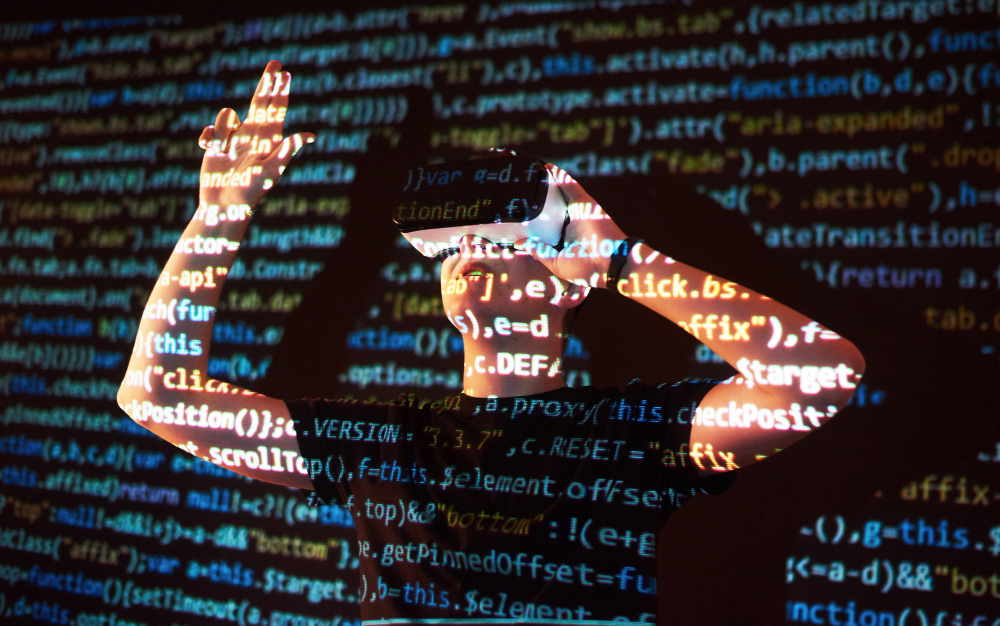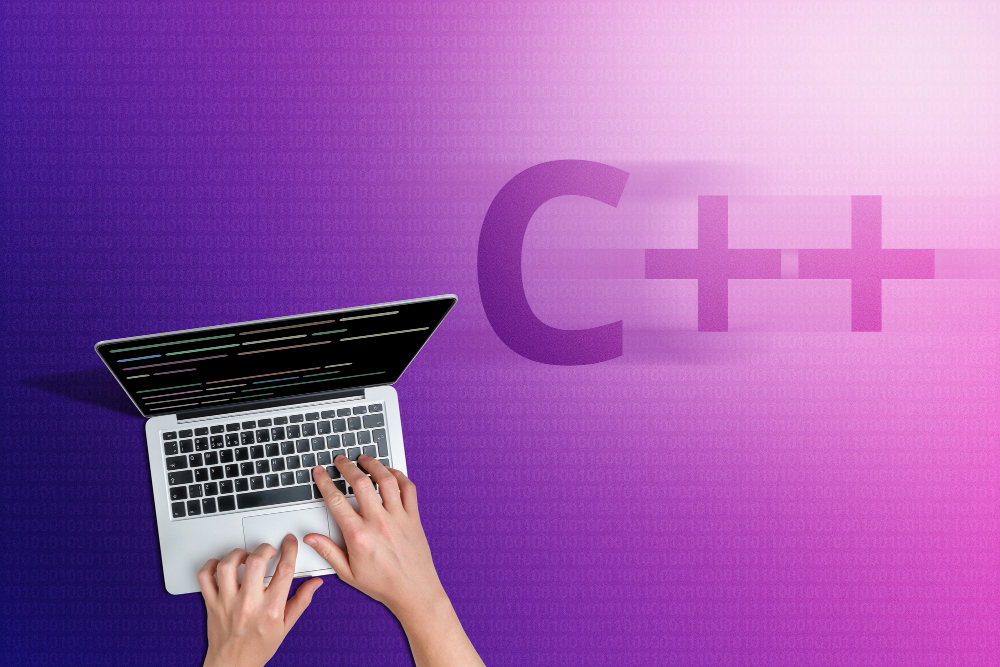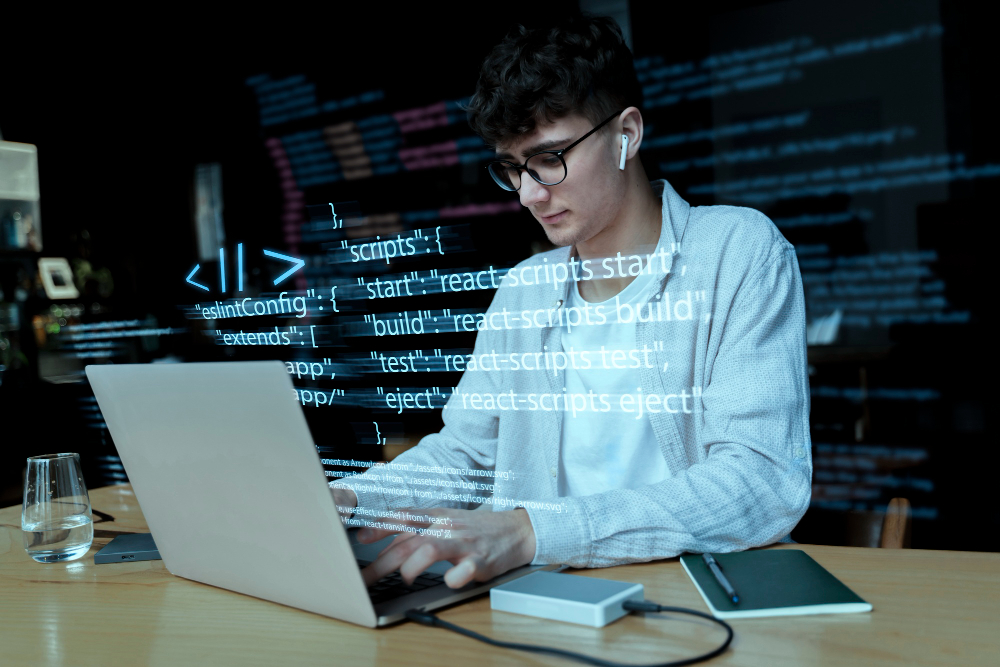
Basic Python
Master the fundamentals of Python programming and advance your skills to tackle more
complex projects and data analysis tasks in this comprehensive course.
Frequently Asked Questions
For a beginner in Python, one must follow the following steps: Choose an easy-to-use platform Visit beginner tutorials Be keen on fundamental ideas Keep practicing
Below are the breakdown of the basics of Python: Variables and Data Types Operators Control Flow Functions Input and Output These few things will be a great help when creating other complicated Python projects because they serve as foundational units that aid in putting up such things easily and putting content together seamlessly if desired.
Its flexibility in use has popularized python in multiple sectors. Data analysis and website design as well as scientific stimulation besides task automation are among the fields where python is used. Its simplicity in writing and wide range of reference libraries are features that attract programmers of all levels.
Follow the basic guide provided below to write Python code: Choose between a text editor such as Notepad or a user-friendly IDE such as PyCharm which has advanced features. The most important thing about Python syntax is indenting by using spaces so you can separate different sections of your codes through space formatting. Begin with a simple program that says `print('Hello, World!')` then save it as a .py file name extension after which you can run it from either within your Integrated Developer Environment or terminal command line. Increase your understanding by considering other topics like what variables mean, different categories under which data falls and repeat these steps on a more complicated level.
By executing python commands, it can be done using two ways which are software or command line. Command-line: Navigate with your cd option to where an ending with .py is and use python followed by file name then press Enter key which executes the code for example python hello_world.py. IDE (Integrated Development Environment): Many Integrated Development Environments such as PyCharm or Visual Studio Code come with predefined features enabling developers run their Scripts through run button on interface itself while documentation contains more information about how this works.
Both the programming tools are powerful. The choice between Python and C++ largely depend on your current project and familiarity with the languages. Python: Pros: Easier for beginners, simple syntax, with rich libraries for data science, web development, automation. It is suitable both for starters and fast prototyping. Cons: Because of being an interpreted language, it can run slower than c++ in time critical applications. C++: Pros: It has a more ascendible ability to overrule memory addresses and machines themselves that's why it works faster and more efficiently as compared to Python language. Cons: It has a longer learning curve due to complex syntax and manual memory management.
Python is often considered to be one of the best programming languages in the context of Artificial Intelligence. The reasons are listed below: Simplicity and Readability Extensive Libraries Versatility Large Community and Resources Open-Source and Free The richness of Python is combined with a very large number of libraries and individuals who participate in it, make it great for someone new in AI or is working on an AI project of any size.
CPython is Python's default implementation. This implies that any code written by Python will be finally converted into C-code through the medium of the Python interpreter that itself has been written using the C language.
Both Java and Python are useful programming languages, but they excel in different areas. Java: Strengths: Enterprise applications Object-oriented Platform independent Large community and resources Weaknesses: Steeper learning curve Can be verbose Python: Strengths: Beginner-friendly Rapid development Versatility Large community and resources Weaknesses: Performance Not ideal for large-scale enterprise applications
Follow the below steps to learn Python step-by step: 1. Set Up Your Learning Environment: Install Python Choose a code editor or IDE PyCharm Visual Studio Code Beginner-oriented IDE 2. Grasp the Basics: Start with online tutorials or courses Websites Courses Focus on core concepts 3. Practice and Experiment: Work on small coding exercises Don't be afraid to experiment 4. Deepen Your Knowledge Utilize online resources and books Explore functionalities beyond the basics 5. Build Projects Find beginner-friendly project ideas Gradually increase complexity 6. Engage with the Python Community Join online forums and communities Attend meetups or workshops (if required)
- Gain a solid understanding of Python syntax, variables, data types, operators, and control flow statements.
- Learn to work with lists, tuples, dictionaries, and sets to efficiently store and manage data.
- Write functions to build reusable code blocks and structure your programs effectively.
- Master object-oriented programming (OOP) concepts to create modular and maintainable Python applications.
- Explore file I/O operations to handle text and binary files for data persistence.
- Handle errors and exceptions gracefully to ensure program robustness.
- Utilize Python's built-in modules and libraries for common tasks, including math, date and time, and string manipulation.
- Apply Python for data analysis and visualization using libraries like NumPy, Pandas, and Matplotlib.




